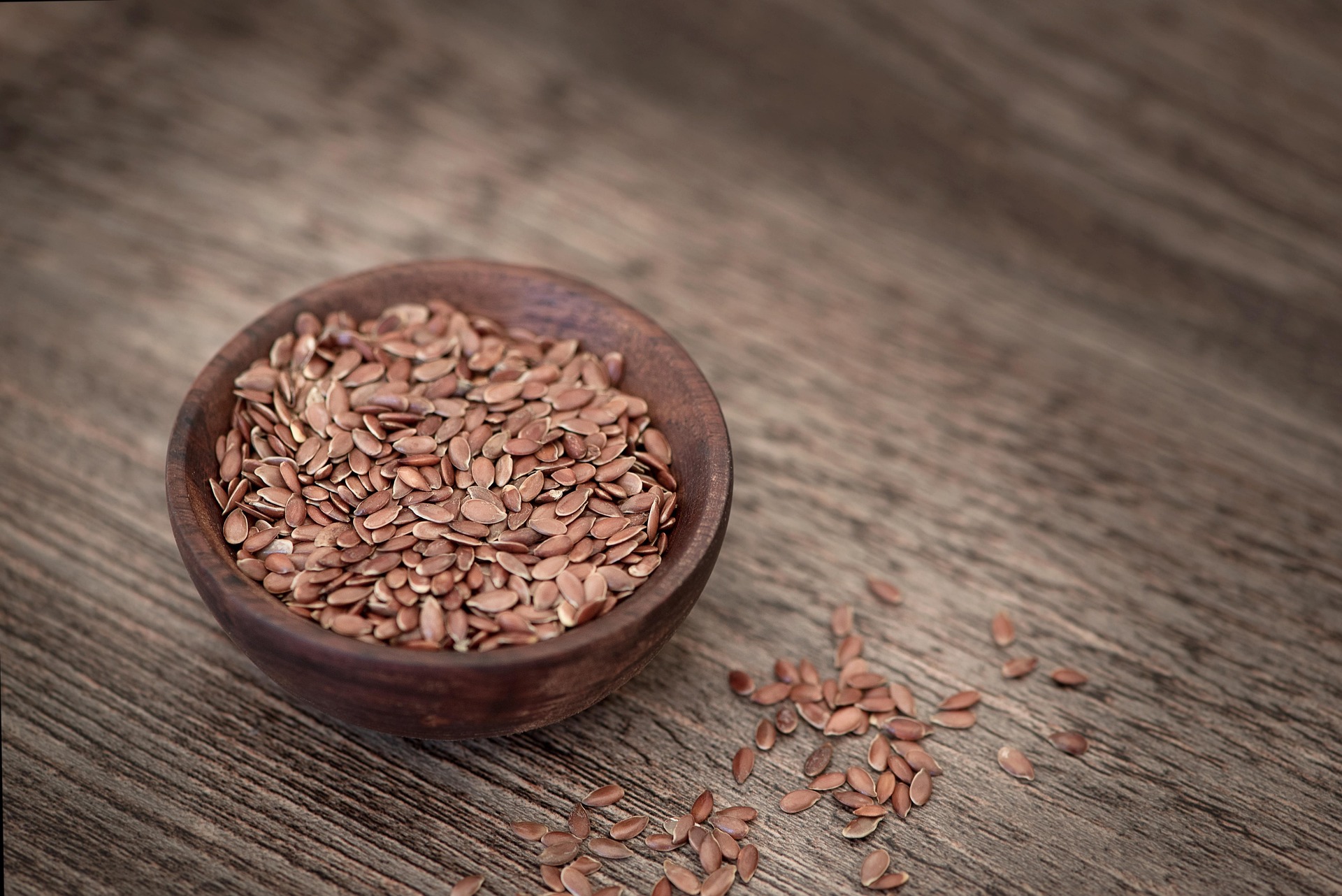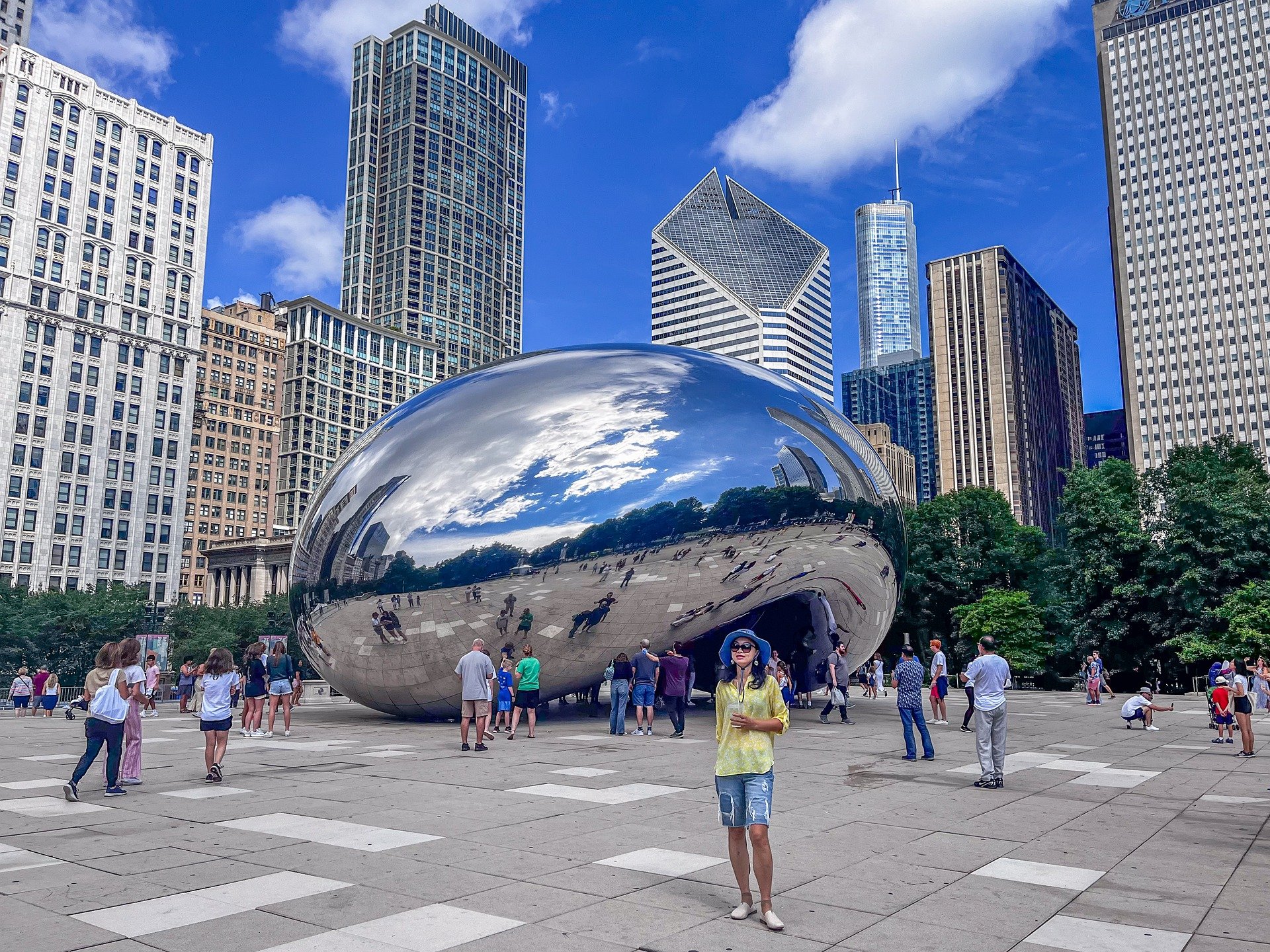Syncopated Rhythm: The Resilience and Resurgence of Tap Dance
Introduction: Tap into the captivating world of tap dance, an art form often overlooked but experiencing an undeniable resurgence. Discover the historical journey, modern evolution, and profound impact of this uniquely rhythmic expression. Tap dance has a rich and complex history that dates back to the 19th century. Born from a fusion of different cultural dances, it represents a melting pot of African tribal dances, English clog dancing, and Irish jigs. During the era of minstrel shows and vaudeville, tap dance began to carve its identity, becoming a staple in the entertainment industry. The Great Depression and World War II, however, saw a decline in its popularity as other forms of entertainment took precedence.

Stepping into the Spotlight: Tap Dance’s Golden Age
The 1930s to the 1950s is considered the Golden Age of tap dance. Hollywood musicals and Broadway shows gave tap dance a new platform, with stars like Fred Astaire and Gene Kelly revolutionizing the art form. Their style, often referred to as “Broadway tap,” was characterized by its elegance, presenting tap as much a visual spectacle as a rhythmic one. But with the advent of rock ‘n’ roll and changing cultural tastes, tap dance once again receded into the shadows.
The Beat Goes On: Tap Dance Today
The late 20th century saw a renewed interest in tap dance, thanks to pioneers like Gregory Hines and Savion Glover. These artists brought “rhythm tap” into the spotlight, focusing on the complex musicality and percussive potential of tap. Today, the art form continues to evolve, with contemporary tap dancers pushing boundaries, incorporating new technologies, and challenging traditional perceptions of what tap dance can be.
Impact and Influence: The Significance of Tap Dance
Though often overlooked, tap dance has had a significant impact on the arts and entertainment industry. It has influenced many other dance styles, contributed to musical innovation, and provided a platform for cultural expression and dialogue. Despite its ups and downs, tap dance’s resilience and adaptability have secured its place in the annals of performing arts.
A Resounding Resurgence: The Future of Tap Dance
With a fresh wave of interest in this rhythmic art form, the future of tap dance looks promising. New generations of dancers are rediscovering its potential, and innovative performances are attracting new audiences. As we look forward to the continued evolution of tap dance, one thing is clear: the rhythm is here to stay.
In conclusion, tap dance’s journey from its multicultural origins to its present-day resurgence is a testament to its enduring appeal and adaptability. This rhythmic art form has weathered societal and cultural shifts, proving time and again its capacity to reinvent itself. As a mirror of the times, tap dance continues to captivate, inspire, and evolve, ensuring its beat will echo for generations to come.






